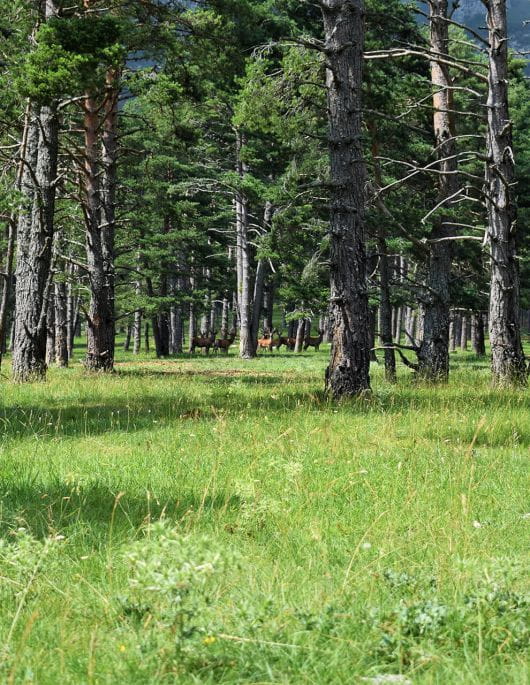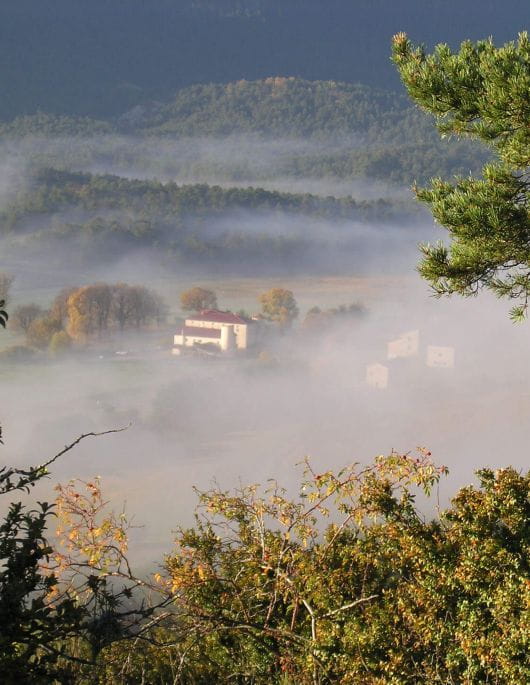
The pine forests,
a certain charm …
On the Reserve, as on many old agricultural territories, the most represented species remains the Scots pine, the pioneer species.
Not very demanding, it grows with family (individuals from the same pine cone) and thanks to its pivoting root system that sinks very quickly into the ground. This rapid and group growth is not without consequence: they are by their height and the small diameter of their trunk the storms favorite victims.
The presence of large herbivores is essential for at least three reasons :
- Increasing their resilience. The stress caused by the grazing of their bark (bison, deer) strengthensthe immune defenses of this softwood !!!
- The decrease of wind catch : de-limbing carried out essentially by the bison relieves the trunk, by unloading it of the low branches become useless.
- Constitution of a diverse herbaceous layer : Here, the beds of pine needles are gone! Their decomposition into a potting soil of excellent quality allows the germination of seeds carried by all species, birds of course but also ungulates: bison, deer, horse and … wild boar!

Hardwoods
Superior resilience to climate change
Other plant species populate the forest of the Reserve such as: maple, hazel, hornbeam, beech or green oak, black elder, alisier, large-leaved lime …
At 1400 m (4 593 feet high), the remains of an old orchard are still visible: apple, pear and plum trees.
Strengthening and diversification of hardwood stands is underway. More than 1,500 trees and shrubs have been planted, mainly in windbreaks or ornamental massifs. The selected species were selected according to two criteria: adaptation to climate change on one hand, and their capacity to produce wild fruits and berries, on the other hand (mountain ash, hazel, genet, privet, prunelier, hawthorn, maple, dogwood, alder …)